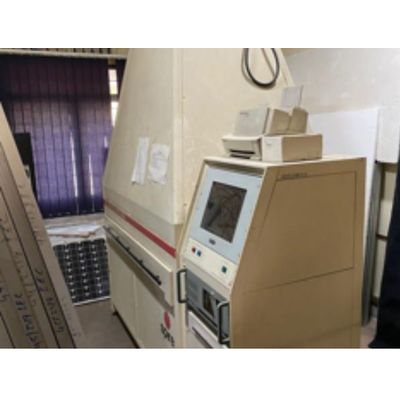

Eternalsun Spire
- Home
- Companies
- Eternalsun Spire
- Applications
- Solar Testing Technology for PV Module ...

Solar Testing Technology for PV Module Manufacturers - Energy - Solar Energy
FromEternalsun Spire
Manufacturers want to squeeze every watt out of a module. Repeatable measurements of the true Pmax are critical to make this happen. New technologies require solar simulators with high accuracy to fully yield the energy potential of a module.
Most popular related searches
photovoltaic module
photovoltaic module production
solar simulation
flashed solar simulator
solar testing system
photovoltaic system
concentrated solar
solar energy
solar photovoltaic system
solar photovoltaic energy
- The price pressure limits the maximum allowable OPEX and CAPEX
- Fast process adaption is required for new PV module technologies
- Need for control of the entire measurement system (calibration module, procedures, training, environment, simulator, samples)
- When high reproducibility is not achieved there is no data correlation between production lines and plants
- Low repeatability can result in discussions with EPC on module data
- If measurement uncertainty is high, can cause 2% loss of value down the value chain
Eternalsun Spire manufacturing solar simulators enable high accuracy and low cost of ownership
Our flashers offer superior repeatability, long term stability and significantly decrease OPEX in manufacturing lines
Single Long Pulse Manufacturing Flasher
Evolution of Spire flash solar simulators
- 1982: The worldwide PV module production exceeds 21 MW. Spire develops a tower flasher (SPI-SUN 240) to test c-Si modules
- 1995: Spire moves to tabletop solar simulators for better uniformity and usability (SPI-SUN 460i). The worldwide PV production reaches 1 GW and the market is dominated by c-Si modules.
- 2015: Annual PV module production exceeds 60GW, high efficiency technologies like PERC gain market share, and bifacial, half-cut, shingled cells are introduced. Spire flashers are developed to test these technologies (5100SLP).
- 2020: PERC/PERT/Topcon cells are dominant and PV manufacturers move to larger wafers. Spire flashers are upgraded to test larger modules up to 2.6 m x 1.4 m.
